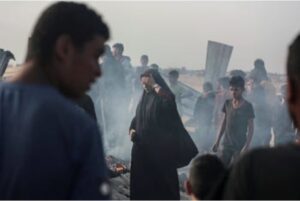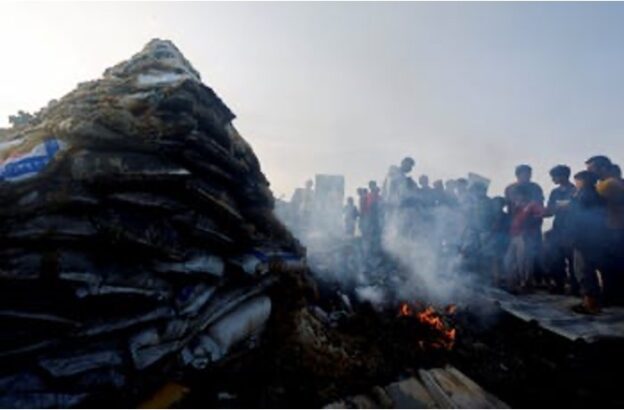Starvation, unsanitary conditions, and bodies beneath the rubble have almost certainly contributed to a death toll much higher than what we have heard.
by Liat Kozma and Wiessam Abu Ahmad, reposted from Ha’aretz
The fatality numbers in the Gaza Strip over the past seven months are appalling. According to the UN Office for the Coordination of Humanitarian Affairs, over 34,000 people have been killed and over 77,000 have been wounded, with another 11,000 trapped under the rubble of their homes and considered missing.
But this is just part of the picture. We believe that the morbidity and fatality numbers in Gaza are actually higher. Our conclusion is based on comparisons with the public health challenges in refugee camps immediately after the 1948 war and a familiarity with epidemiological data in general. We believe that the scope of the killing, as well as the incidence of illness and deaths due to a lack of basic sanitary conditions, food and medical care, demand an urgent public debate in Israel.
A read through historical documents raises several important parallels, as well as differences, mostly to the detriment of the current situation. Then as now, hundreds of thousands of people had to leave their homes with no ability to return.
In 1948, around 700,000 refugees were dispersed to the West Bank, Gaza and Arab countries. In the West Bank, a population of 400,000 absorbed 300,000 refugees, whereas the 80,000 people of Gaza took in three times as many refugees. In the current war, the siege on Gaza and the closure of the border with Egypt over the winter forced around 1.5 million people into Rafah, an area with a population normally one-tenth this number. The people are so tightly packed together that the implications are life-threatening.






